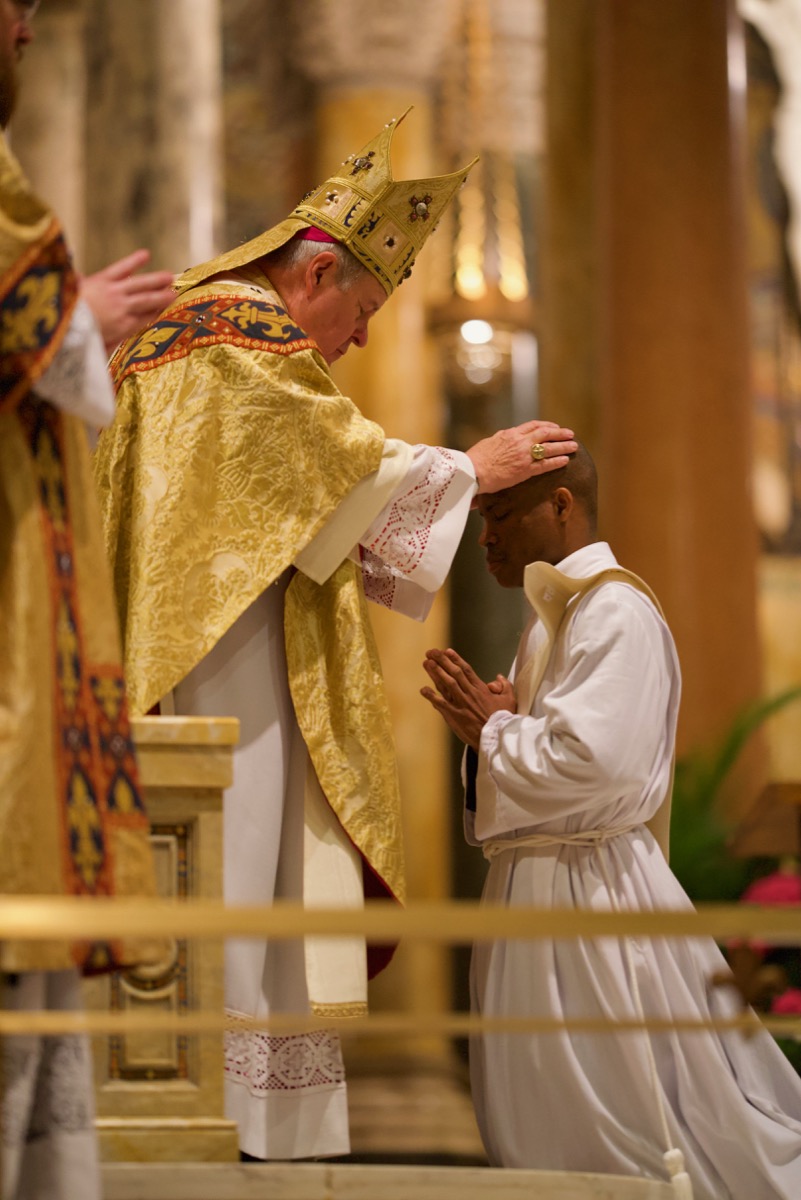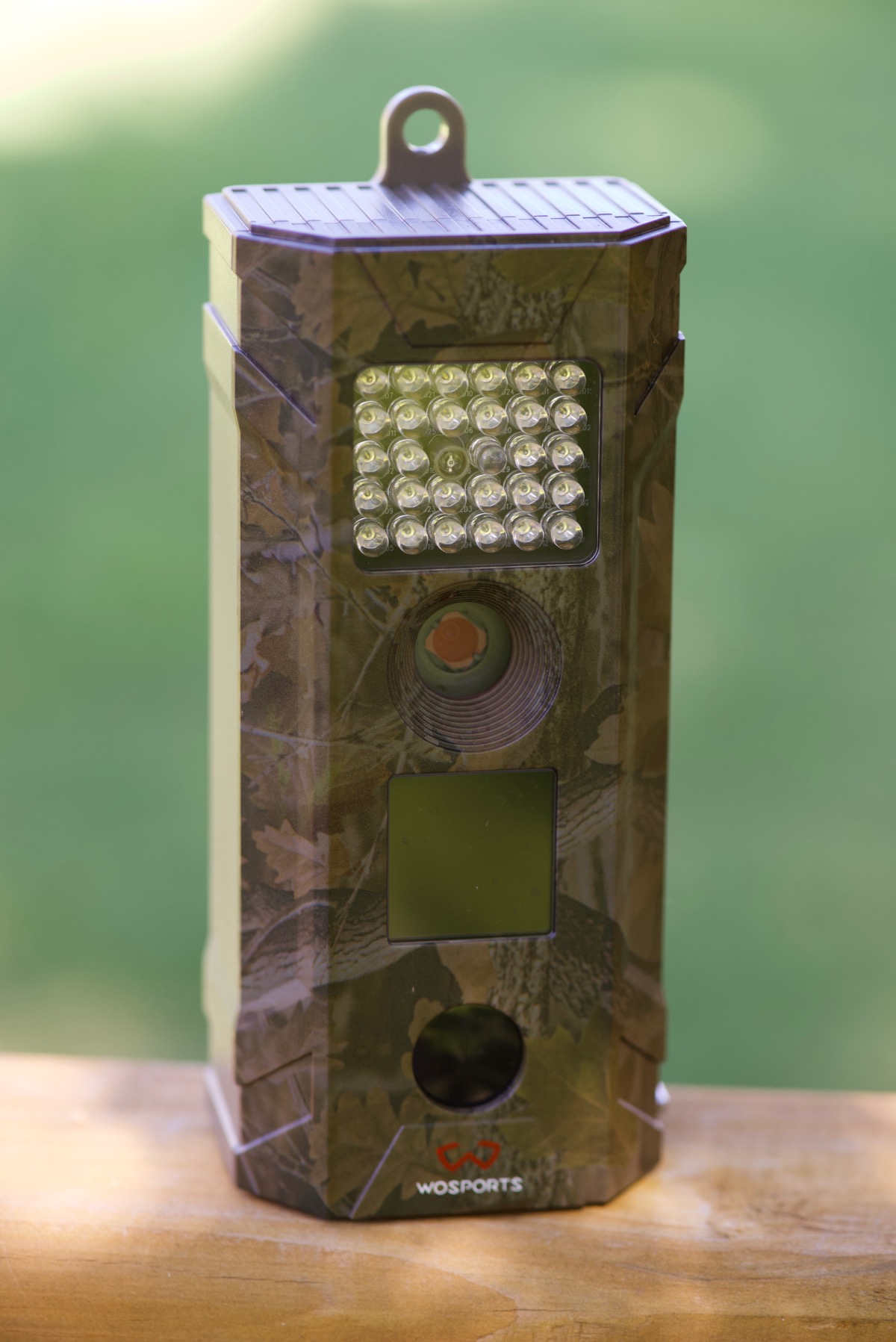Using a Nikon D750 as a webcam or for live streaming
You can use a Nikon D750 as a webcam or for live streaming, assuming you have a mini HDMI to HDMI cable and an HDMI interface for your computer.
While it's forte is stills photography, the D750 isn't bad at video; it can output up to 1080p at 60 frames per second, and has full-time autofocus, but the live view autofocus isn't that great, so I recommend manual focus if you don't have to move around much.
Why would you use a D750? Well, for the same reason you'd use most any other DSLR or mirrorless camera for video instead of a cheaper webcam or built-in camera on your laptop: the video quality is amazing!





